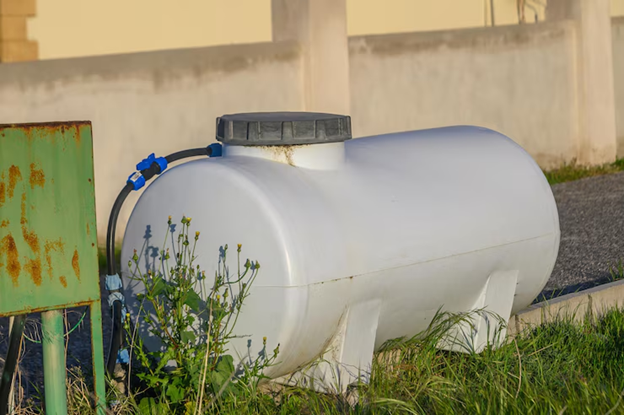Homeowners often face challenges that affect both the safety and value of their homes. Two significant aspects to consider are the structural integrity of the property and the prevention of potential damage from environmental factors. Specifically, the construction of a retaining wall and addressing water damage are crucial for maintaining a secure and valuable home.
The Structural Benefits of Retaining Walls
Retaining walls serve a vital function in both residential and commercial landscapes. Their primary purpose is to hold back soil, preventing erosion and managing rainwater flow. A well-built retaining wall not only supports landscaping efforts but also contributes to the safety and aesthetic value of the property. These walls can be made from various materials such as stone, concrete, or wood, each offering different levels of durability and visual appeal.
In areas with sloped terrain, retaining walls are particularly beneficial. They create level spaces for gardens, patios, or play areas, making the most of every inch of your property. Furthermore, these walls help in preventing the soil from sliding or washing away during heavy rains, thereby protecting the foundation of your home from potential damage.
Addressing Water Damage Proactively
Water damage is one of the most common and potentially devastating problems faced by homeowners. It can occur due to many reasons, including heavy rainfall, flooding, or plumbing failures. The effects of water damage can be far-reaching, leading to issues such as mold growth, structural deterioration, and loss of property value.
Proactive measures can significantly reduce the risk and impact of water damage. This includes regular maintenance of gutters and downspouts, proper sealing of windows and doors, and the installation of sump pumps or backwater valves. Additionally, integrating smart home technology to detect leaks can provide an early warning system to prevent extensive damage.
Synergy Between Retaining Walls and Water Damage Prevention
Retaining walls and water damage prevention strategies work hand-in-hand to protect your property. For instance, retaining walls manage the flow of surface water, which is a common cause of water damage in homes. By properly channeling water away from the home’s foundation, these walls help in reducing the risk of water infiltration, which can lead to costly repairs.
Moreover, during the construction of a retaining wall, considerations for drainage systems and water management are typically addressed. This not only enhances the functionality of the wall but also adds an extra layer of protection against water damage, making it a strategic investment for homeowners concerned about the impacts of environmental elements.
Conclusion
The decision to install a retaining wall and implement effective water damage prevention measures is an excellent investment in your home’s safety and value. These improvements not only protect the structural integrity of your home but also enhance its usability and aesthetic appeal. Whether you are looking to mitigate risks in a new property or upgrade your current residence, addressing these two crucial areas can provide peace of mind and a significant return on investment.
Incorporating both a retaining wall and robust water damage prevention practices ensures that your home remains a safe, enjoyable, and valuable space for years to come.














